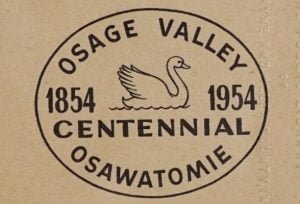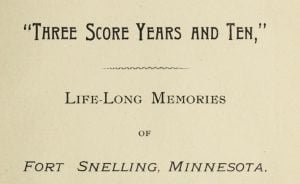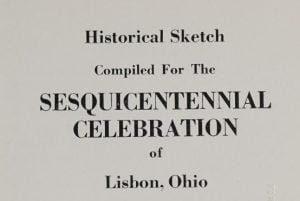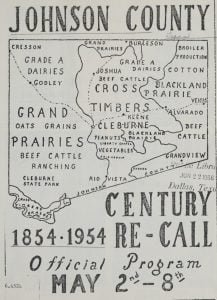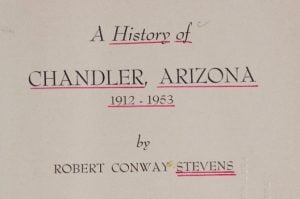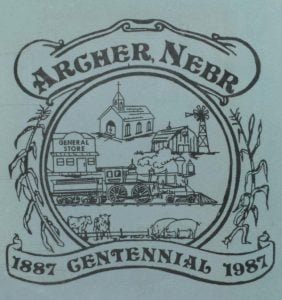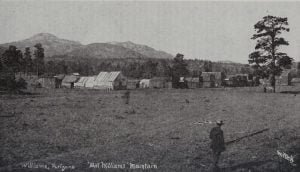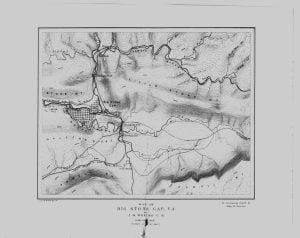History of the Churches of Del Norte County CA
“A Century of Life and Faith in Del Norte County” by Don M. Chase, published by the Del Norte Triplicate in 1954, offers a detailed historical account of the religious life and institutions in Del Norte County, California. Covering the period from 1854 to 1954, this book explores the development of various denominations and churches within the county, emphasizing their foundations and growth over a century.


